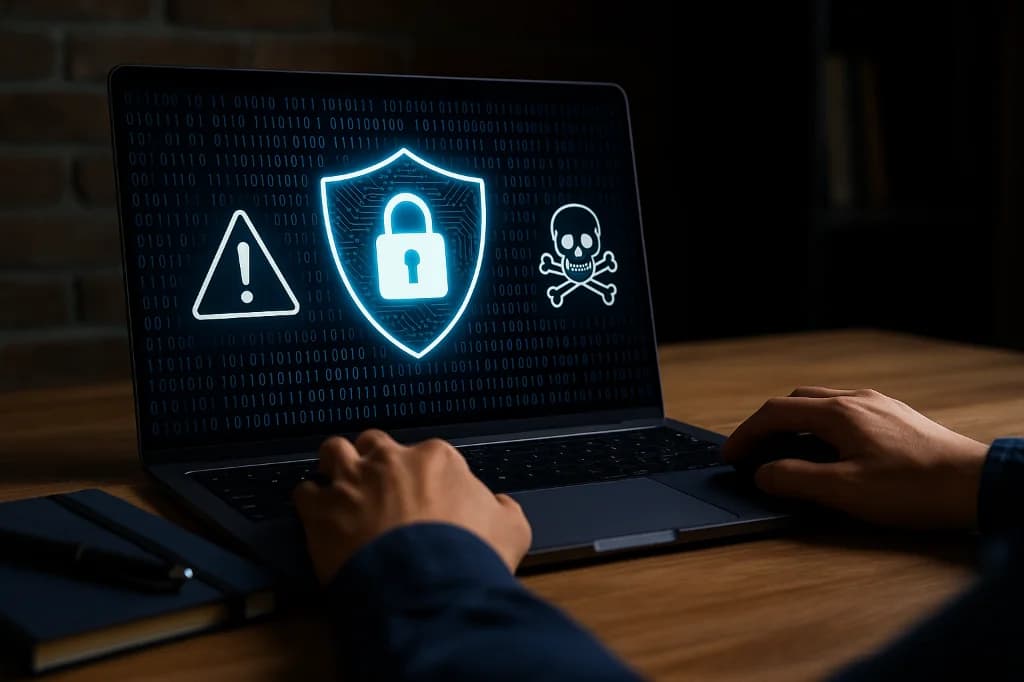Cybersecurity threats are growing every year. Hackers are becoming more skilled. Personal and business data is at risk. It is important to know the top threats and how to stay safe. Understanding these threats helps prevent financial loss and privacy breaches. Simple steps can make a big difference.
1. Phishing Attacks
Phishing is when attackers trick you into sharing sensitive information. This usually happens through emails messages or fake websites. They may ask for passwords or credit card details. To protect yourself do not click on suspicious links. Verify emails and messages from unknown sources. Use two-factor authentication whenever possible.
2. Malware
Malware is software designed to damage your devices or steal data. It includes viruses ransomware spyware and trojans. Malware can enter your system through downloads or infected websites. Keep software updated and install antivirus programs. Avoid downloading files from untrusted sources. Back up important data regularly.
3. Ransomware
Ransomware locks your files and demands payment for access. It is a type of malware that spreads quickly. Businesses and individuals are both targets. Protect yourself by keeping backups offline. Update your operating system and applications regularly. Never pay the ransom as it encourages attackers.
4. Weak Passwords
Weak or reused passwords are easy to hack. Attackers use brute-force methods to guess passwords. Protect yourself by using strong passwords. Include letters numbers and symbols. Do not use the same password for multiple accounts. Password managers can help store and generate secure passwords.
5. Public Wi-Fi Risks
Public Wi-Fi is convenient but risky. Hackers can intercept data over unsecured networks. Avoid accessing sensitive accounts on public Wi-Fi. Use a virtual private network (VPN) for secure connections. Turn off automatic connections and sharing features. Always log out after using public networks.
Additional Tips for Cybersecurity
Regularly update your devices and software. Enable firewalls on all devices. Monitor your accounts for unusual activity. Educate yourself about new threats. Use multi-factor authentication whenever possible. Being proactive reduces the chances of cyber attacks.
Conclusion
Cybersecurity threats are evolving every day. Phishing malware ransomware weak passwords and public Wi-Fi are top concerns. Protecting yourself requires awareness and simple precautions. Stay updated use strong passwords backup your data and avoid suspicious links. Taking these steps helps secure your personal and professional information.
